Mountain Review: Pico
MOUNTAIN SCORE
CATEGORY BREAKDOWN
See our criteria6
Snow:
5
Resiliency:
3
Size:
4
Terrain Diversity:
5
Challenge:
6
Lifts:
8
Crowd Flow:
4
Facilities:
8
Navigation:
4
Mountain Aesthetic:
GOOD TO KNOW
1-Day Ticket: $59-$119
Pass Affiliation: Ikon Pass
On-site Lodging: Yes
Aprés-ski: Limited
Nearest Cities: Boston (3 hrs), Montreal (3.5 hrs), New York (5 hrs)
Recommended Ability Level:
+ Pros
Low crowds
Local feel
Straightforward footprint
Available ski-in/ski-out lodging
– Cons
Modest footprint
Secondary lifts that don’t operate consistently
Closed on most Tuesdays and Wednesdays
Intermediate trail congestion at summit
MOUNTAIN STATS
Lifts: 7
Trails: 58
Beginner: 18%
Intermediate: 46%
Advanced/Expert: 36%
RECENT ARTICLES
Mountain Review
For years, Pico has perhaps been the most overshadowed ski resort on the East Coast. This modestly-sized mountain sits just a few miles away from Killington—which actually owns and operates it—and regional visitors often overlook Pico to exclusively spend their time at the larger, more diverse slopes of its neighbor.
But is Pico worth a visit on your next Vermont ski trip? Let’s take a look.
Size and Terrain Layout
With a 265-acre skiable footprint and just under a 2,000-foot vertical drop, Pico feels somewhat modestly sized. That said, unlike some competitors, the trails are thoughtfully designed and feel distinct from one another. The resort can generally be broken down into a bottom and top half, with high-speed quads servicing each portion, and a series of tiny lift pods near the bottom with dedicated double and triple chairs.
Pico’s full vertical drop is served by two high-speed quads, with a few tiny lift pods in lower-mountain areas.
Beginner Terrain
On paper, Pico’s beginner footprint may not look the best. There are only one or two easy ways down from lower-mountain chairlifts, and the upper mountain doesn’t offer any green trails at all. But the modest size, lower skier density, and straightforward layout make Pico generally more family friendly than nearby Killington.
For those who are just learning, the Bonanza bunny hill provides a dedicated double chair and rope tow; while dated compared to magic carpet setups at other mountains, this area still provides an effective learning environment.
Approximately half of Pico’s runs are rated as blue-square intermediate trails.
Intermediate Terrain
Pico’s intermediate trails make up almost half of the resort. Guests will find well-groomed cruisers across the whole mountain, with the largest conglomerate of blue trails existing off the lower half of the Summit Express Quad and the upper half of the Golden Express Quad. The Summit chair serves a small section of intermediate glade terrain, which can be great for those looking to progress into the trees.
However, the only blue trail that starts directly off the summit is Forty Niner, and this trail gets packed during peak times—even with Pico’s relatively moderate visitation. In addition, a minority of blue runs do not receive grooming, which may be surprising to guests who have chiefly skied or ridden at other Vermont destinations.
One of Pico’s blue runs also features a small terrain park, which hosts a series of small to medium boxes, rails, and jumps. However, it’s not very competitive versus other setups in the state.
TRAIL MAP
Advanced and Expert Terrain
Pico may be more family-friendly than some of its competitors, but the resort hosts a couple of solid advanced and expert trails if you know where to look. In lower-mountain areas, guests will find short but steep terrain off the Outpost Double and Little Pico Triple chairs. The Summit Express serves the longest advanced-level trails at the resort, with a mix of bombable groomers and steep, icy mogul runs—as well as a few strong glade areas ranging from more widely-spaced trees to thicker woods.
Pico has two double-black-diamond runs: Upper Giant Killer and A Slope. Both of these trails are incredibly steep and perennially icy, and they include technical features such as rocks that are absent from other areas of the resort.
But we’d argue the hardest Pico skiing isn’t even marked inbounds. Immediately to skiers’ left of Upper Giant Killer exists an unmarked trail that was once a poma lift line. Barely skiable except with a generous base, this line involves all the same technical features as Upper Giant Killer but with a much narrower profile. Oh—and the old lift foundations protrude out from parts of the trail as well!
Pico boasts some seriously steep, narrow, and variable advanced and expert terrain.
Snow Quality and Resiliency
Thanks to its central Vermont location, Pico sees its fair share of natural snowfall throughout the season. The resort doesn’t reach quite the same top elevation as Killington, but the difference in snow quality between the two is negligible. In fact, Pico’s lower skier density results in less-skied-out runs, allowing for somewhat better snow preservation on good days.
However, Pico is still an East Coast mountain, and variable conditions—including ice and thin cover—are commonplace after a few days with no significant snowfall. Pico does employ snowmaking on the vast majority of its trails, which helps weather-proof the resort when natural conditions don’t deliver.
Like at other Vermont mountains, thin cover is commonplace after a few days with no snowfall.
Crowds
One place where Pico consistently beats Killington—and all major Vermont ski resorts—is in crowds. The resort rarely sees serious lines, and on peak weekends and holidays, waits of longer than 10 or 15 minutes are rare, even when they could be more than triple that length at other competitors. Skier density can be an issue at Pico, including on the aforementioned Forty Niner trail and a few other lower-mountain blues, but it’s far from the worst offender in the state.
RECOMMENDED SKIS FOR PICO
NOTE: We may receive a small affiliate commission if you click on the below links. All products listed below are unisex.
Recommended all-mountain ski
Recommended carving ski
Recommended glade ski
Recommended expert/touring ski
Operating Schedule
However, Pico’s low visitation also translates to its operating schedule. The resort does not operate on Tuesdays and Wednesdays except during holiday periods, making it a tough choice for an off-peak weeklong vacation. The resort also doesn’t always operate its secondary lifts, and if you go on a Thursday, Friday, or Monday, chances are the Little Pico Triple, Outpost Double, and Knomes Knoll Triple won’t be operating.
Pico’s clear (albeit utilitarian) signage and vertical layout make it straightforward to get around.
Ease of Navigation
Pico is also a lot easier to get around than most competitors. It’s pretty straightforward to get to most trails, with easy access to most lifts (the Outpost Double is the only one that’s modestly hard to find), clear signage, and connector trails that—with the exception of getting out of Outpost—don’t require flat traversing. The singular base area makes it difficult to get lost at the end of the day.
Facilities
Pico only has a singular base lodge, meaning that on paper, it may seem tougher to go in for a break than competitors with mid-mountain facilities. However, this lodge is pretty sizable, with three different floors, a cafeteria, and a restaurant. As a result, it’s rarely impossible to find a seat, even during peak times. This can make Pico a great place to visit on a holiday if spending time in a lodge is your priority.
Pico offers beautiful views from its summit, including of the nearby Killington ski resort.
Mountain Aesthetic
Pico may not be quite as large as some competitors, but its lack of buildup and strong upper-mountain views results in a natural, local feel. From the top, you can see the slopes of Killington itself, including multiple peaks of that much larger resort. Some of Pico’s trails retain the narrowness classic to New England ski resorts that some competitors have lost to trail widening over time.
RECOMMENDED SNOWBOARDS FOR PICO
NOTE: We may receive a small affiliate commission if you click on the below links. All products listed below are unisex.
Recommended intermediate board
Recommended advanced board
Recommended expert board
Recommended touring board
Getting There
Located in central Vermont, Pico sits within driving distance of several major Northeast cities. With no serious traffic, it takes about three hours to get to Pico from Boston, and just under five hours from New York City. Pico is about 15 minutes closer to New York than Killington, but it’s about the same distance from points east.
Unlike many Vermont competitors, Pico offers public transportation options, although they may not be the most convenient. Visitors can take an Amtrak from New York or utilize bus services from various regional cities to reach Rutland. From there, hourly buses are available to transport them to Pico and even further to Killington.
Parking is easy, with free options conveniently located within steps of the base.
Pico sits about three hours from Boston and five hours from New York.
Lodging
Pico offers a number of on-site condo options, including a few ski-in/ski-out accommodations. This can make the resort a desirable alternative to Killington, where true ski-in/ski-out options are limited. These condos are generally upscale and good for larger groups.
Offsite, several hotels and inns exist. The cheapest options can be found about 15 minutes west in the Rutland area. If you want to split your days between Killington and Pico, a number of options on the Killington access road sit nearby.
Pico boasts multiple onsite condo accommodations, including some ski-in/ski-out options.
Aprés-ski
Pico is a generally quiet mountain, but the resort does host live music and strong happy hour vibes on certain peak weekends and holidays.
The nearby Killington access road offers upscale restaurants, sports & billiards bars, nightclubs, and live music venues. Few are within walking distance of hotels and condos, but Ubers and shuttle services are available here. There’s plenty going on in the nearby town of Rutland as well.
On weekends, visitors will want to head to the top floor of Pico’s base lodge for live music.
Verdict
Pico isn’t large enough to directly compete with the top tier of East Coast mountains, but it offers enjoyable terrain and a unique opportunity for uncrowded slopes. The mountain’s midweek closures make it tough for an off-peak weeklong vacation, but if you’re already in the Killington area and you want to escape the lift lines, it might be worth stopping by.
Pricing
Pico’s lift tickets aren’t exactly dirt cheap, but prices come out significantly below its larger in-state counterparts, and the highest rates go for around $120. In-state residents can score discounts on the weekdays that Pico is open. It’s also worth noting that Killington lift tickets are valid at Pico (although this is not the case the other way around), so those visiting Killington can drop by without having to buy another ticket.
Pico is also a member of the Ikon Pass, with either five or seven days, shared with Killington, depending on the pass type.








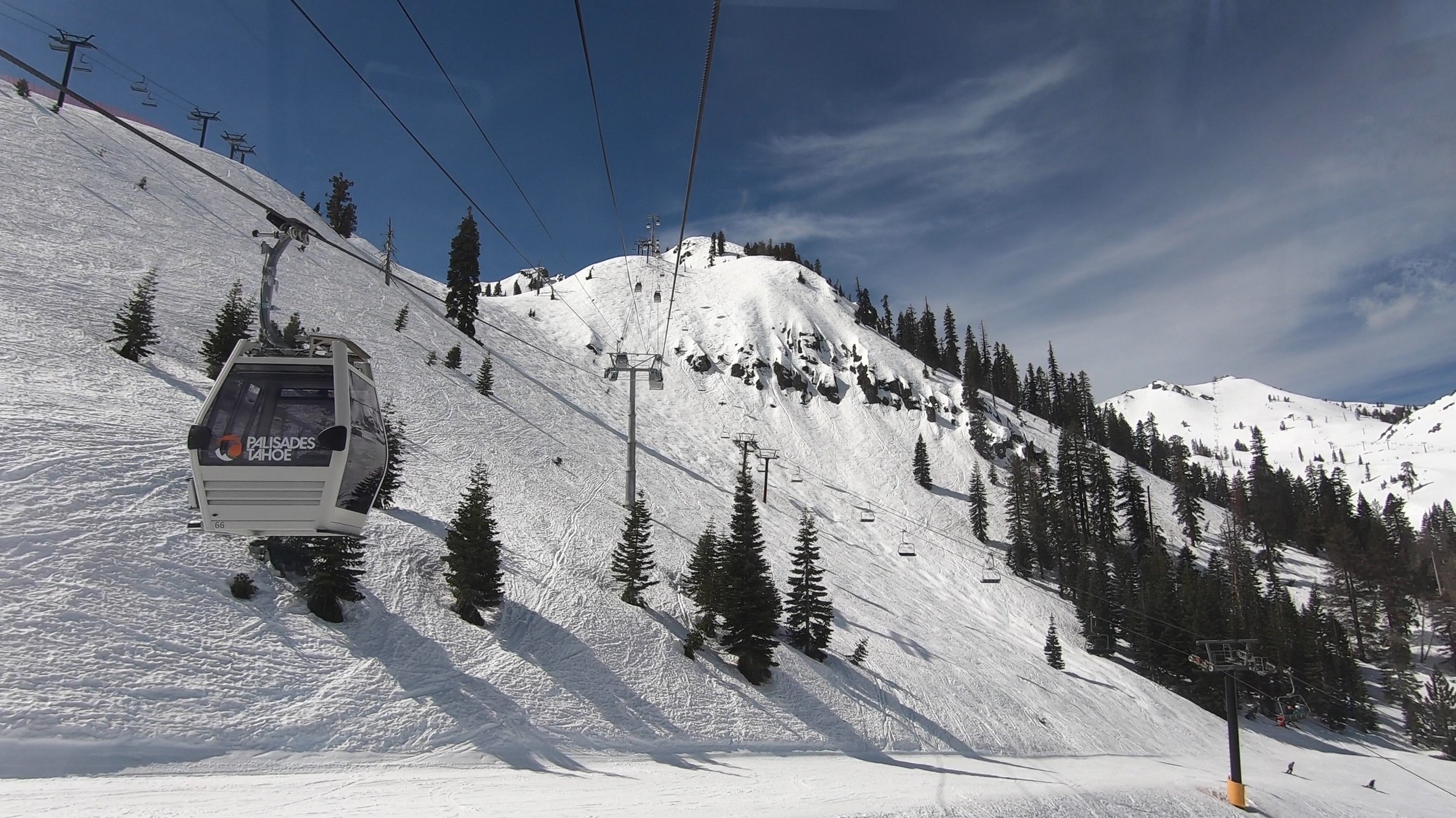
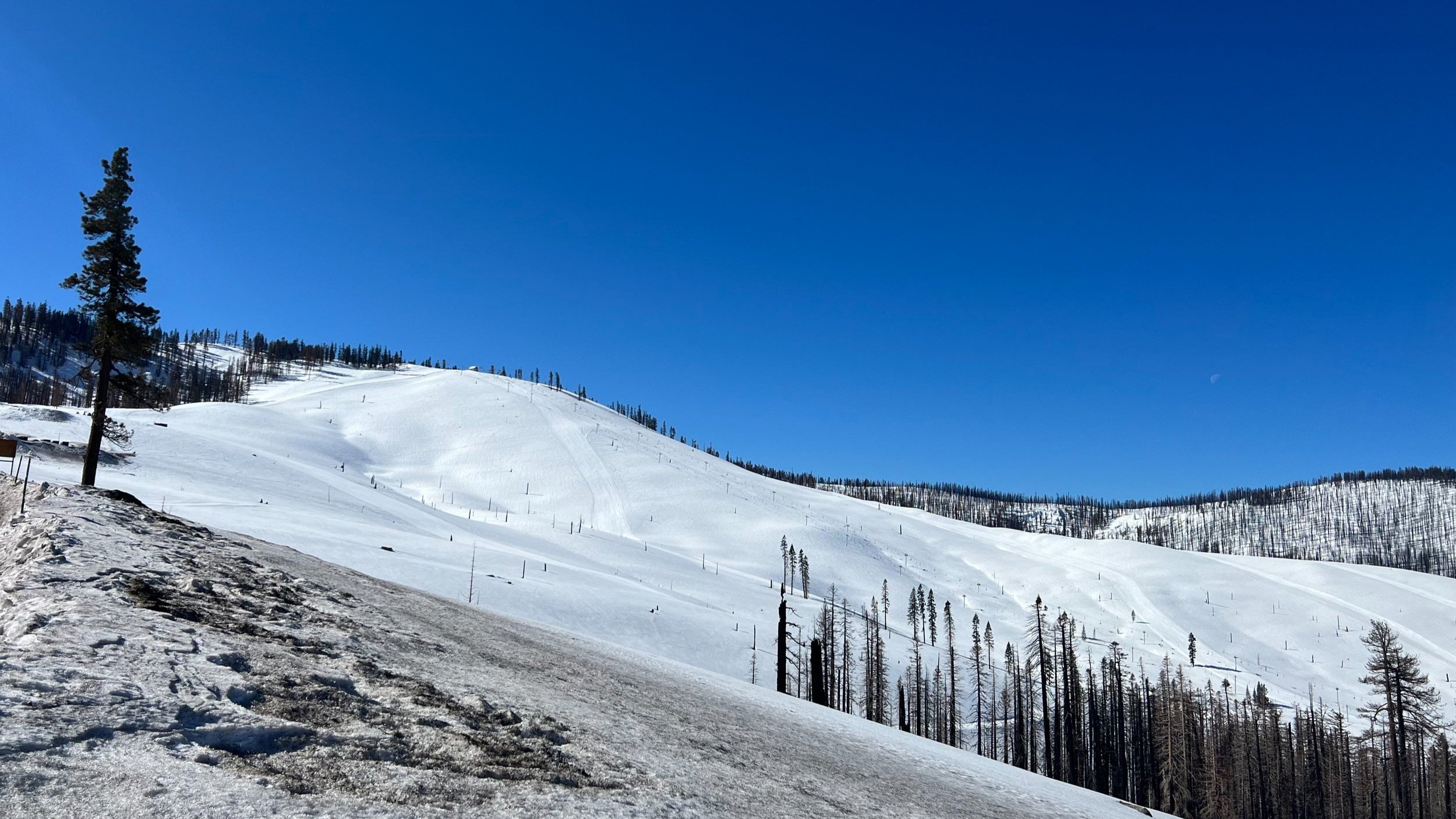
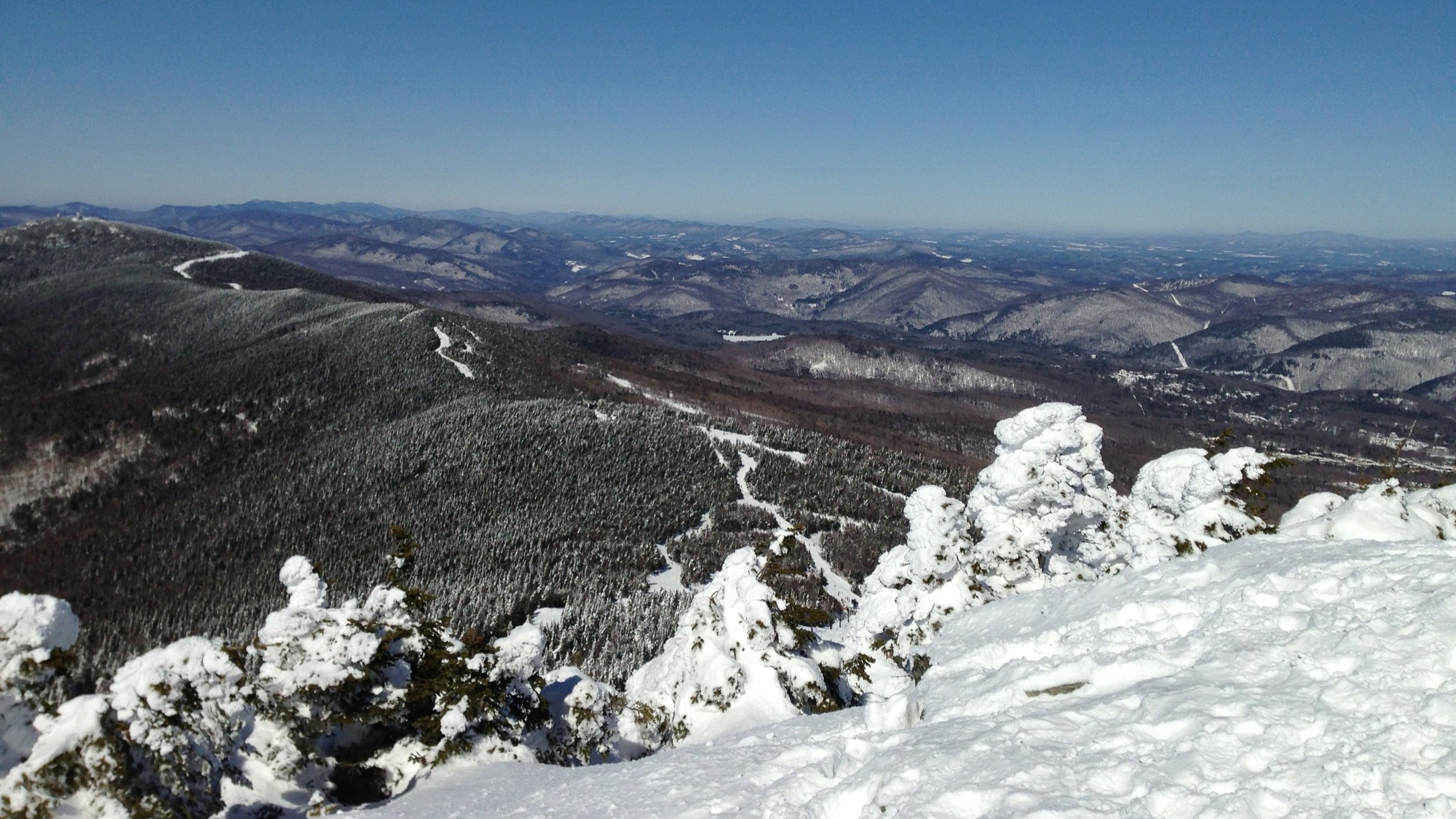


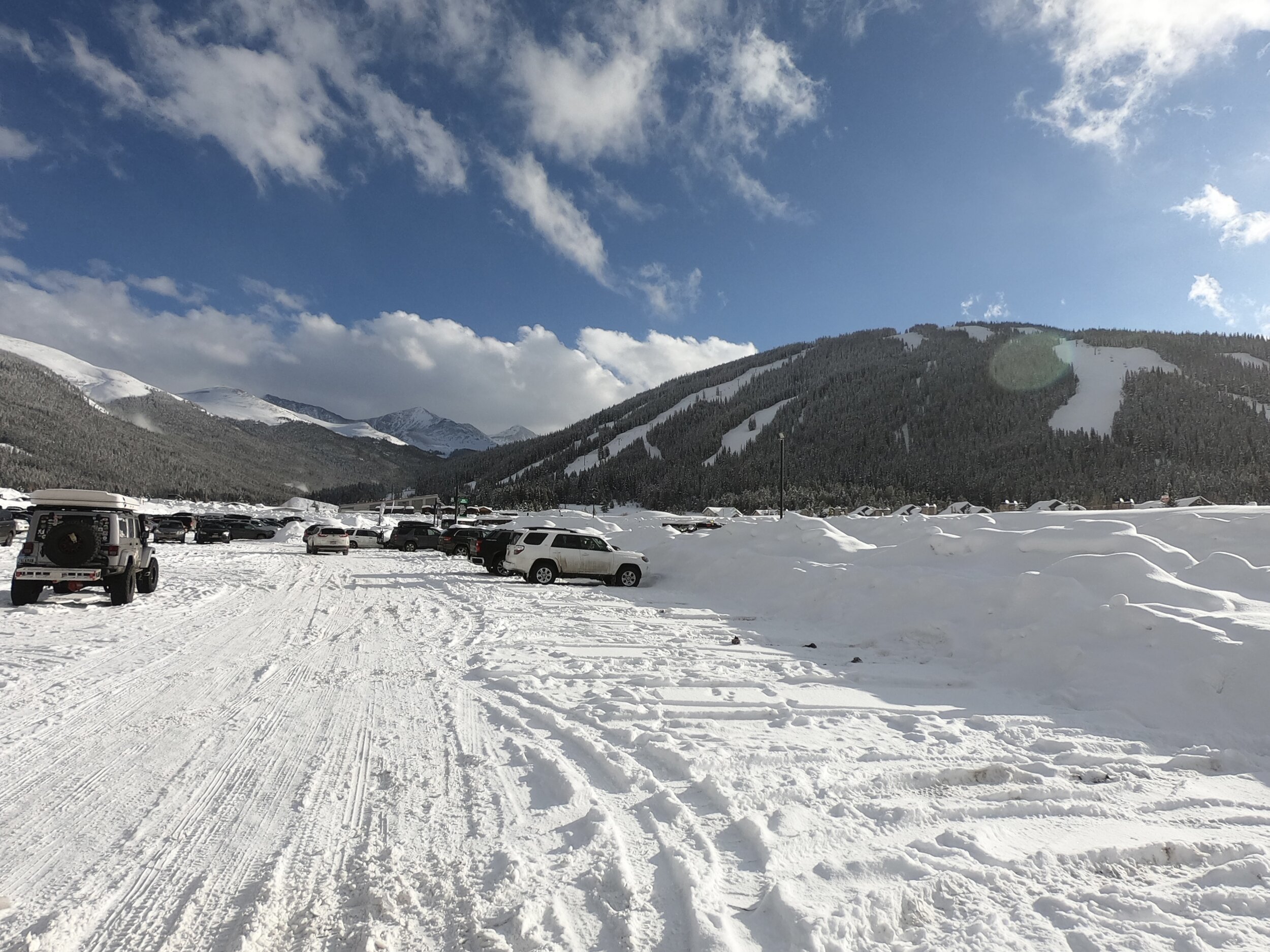
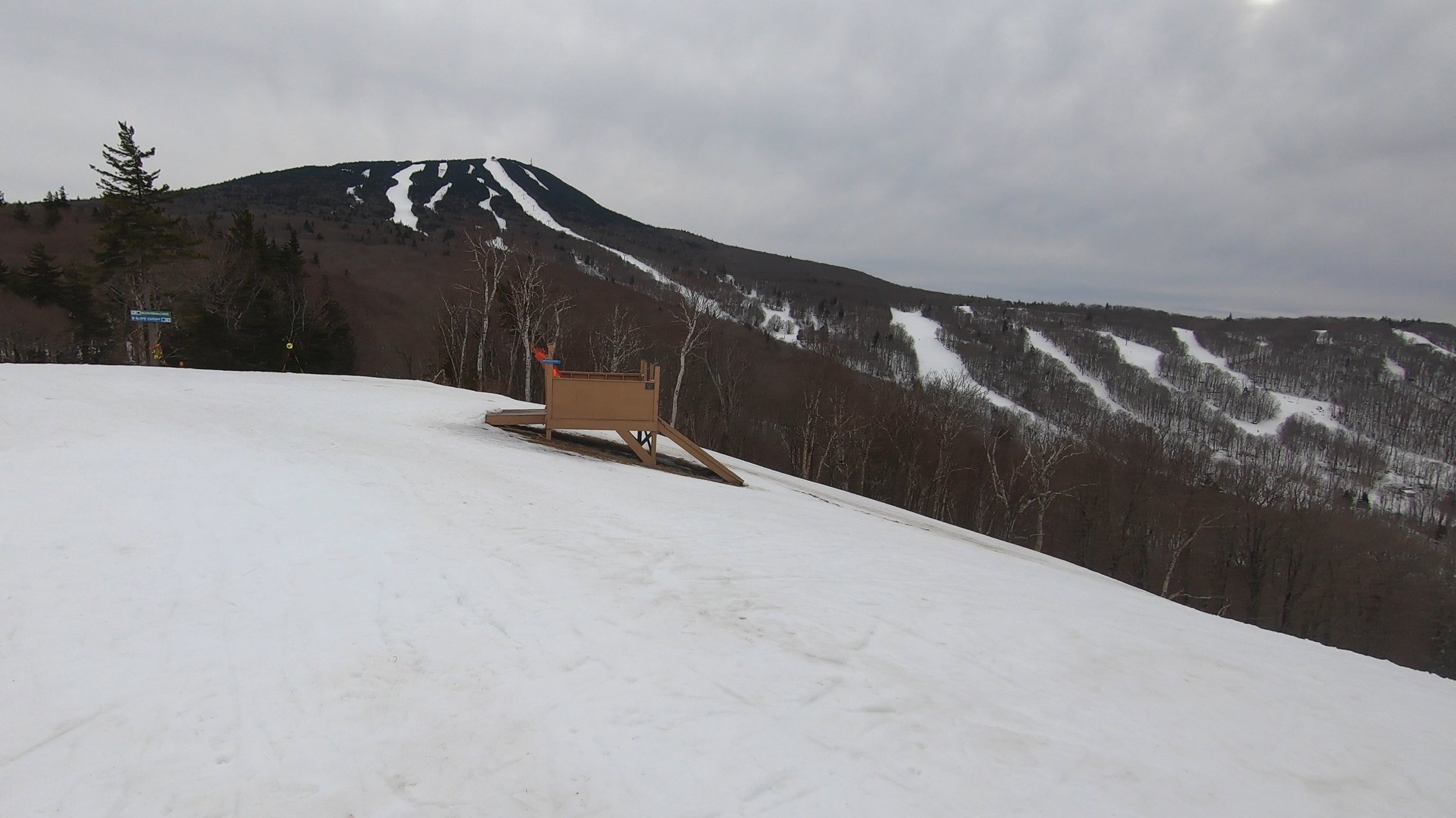
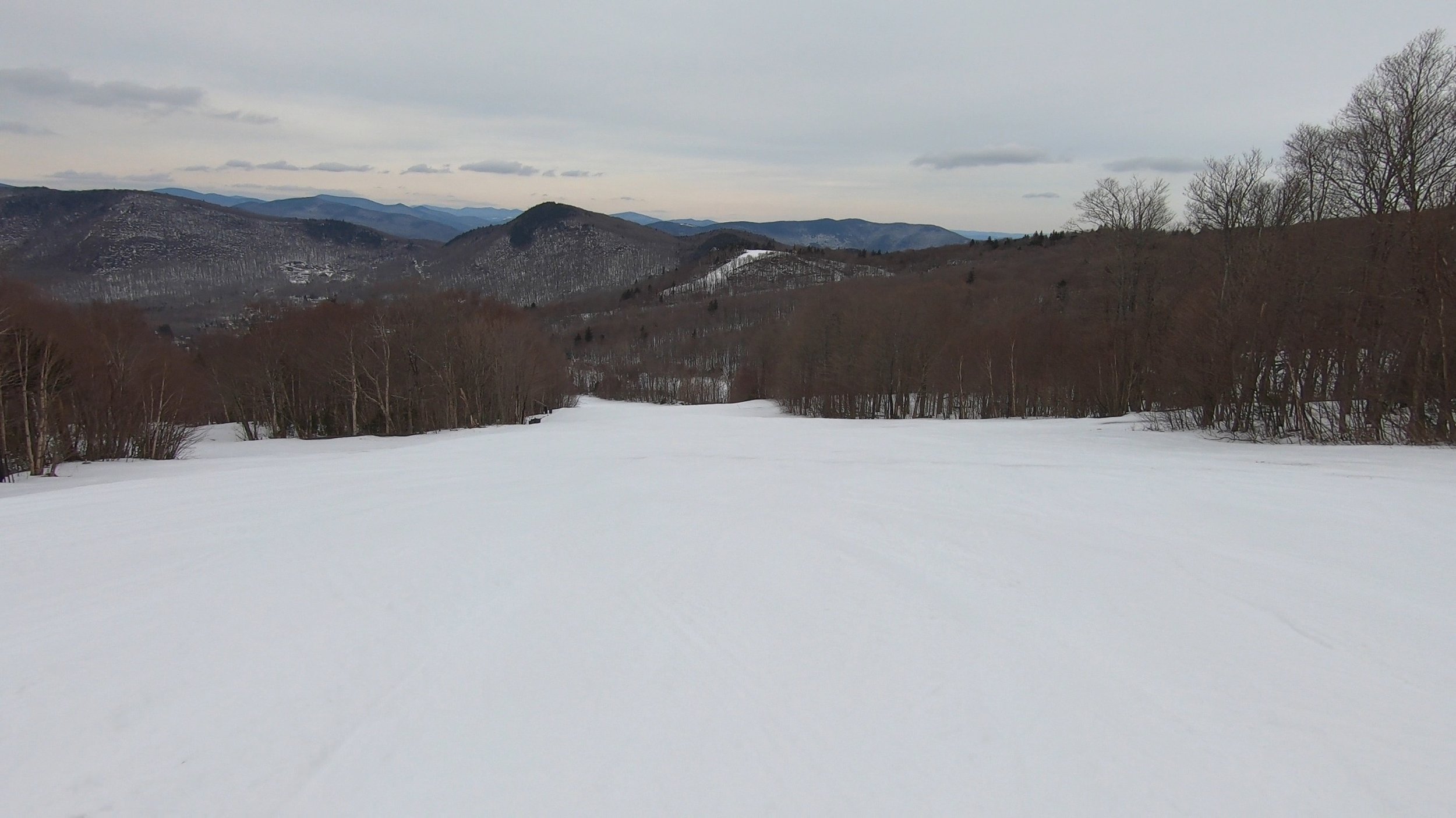

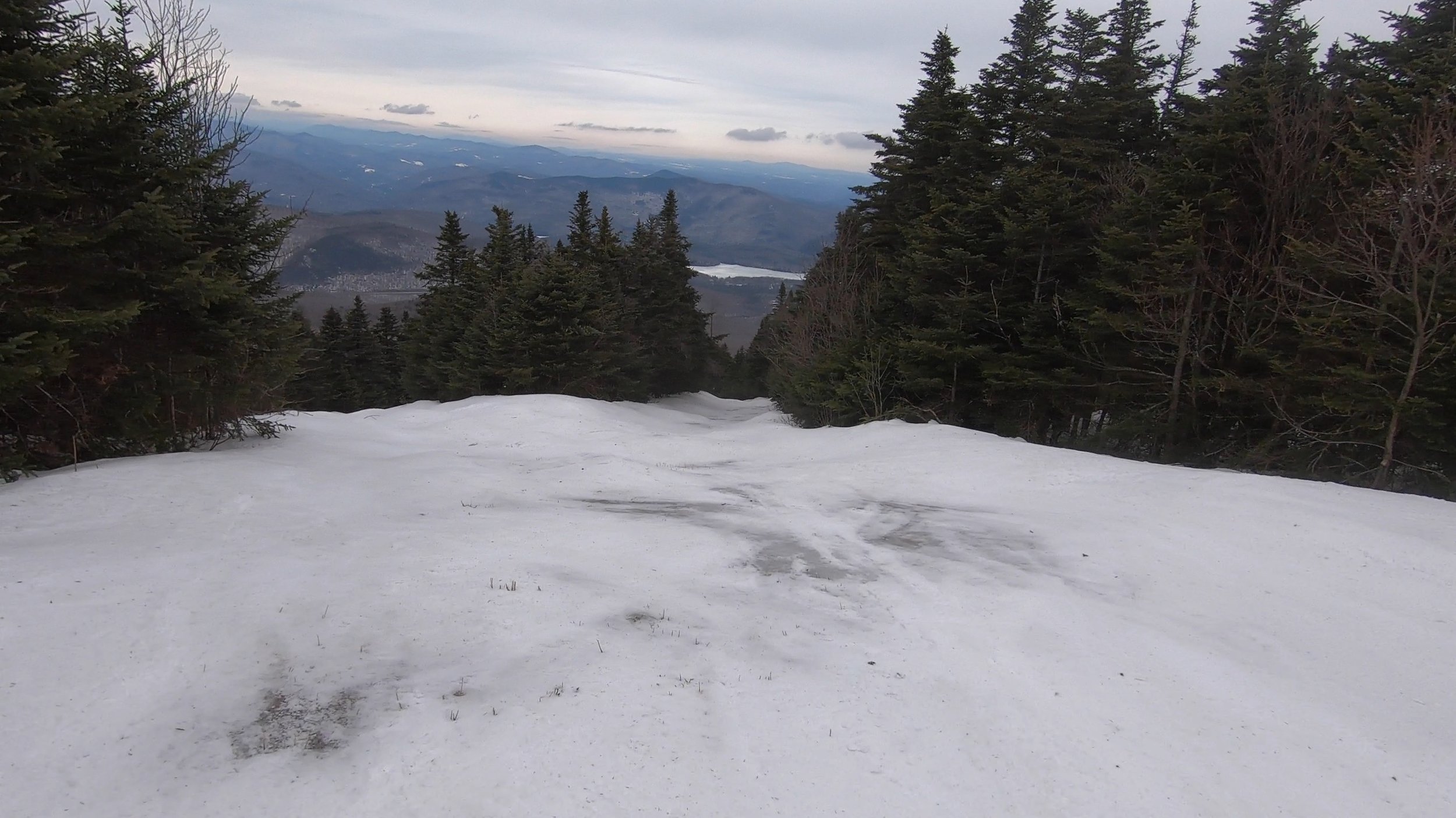







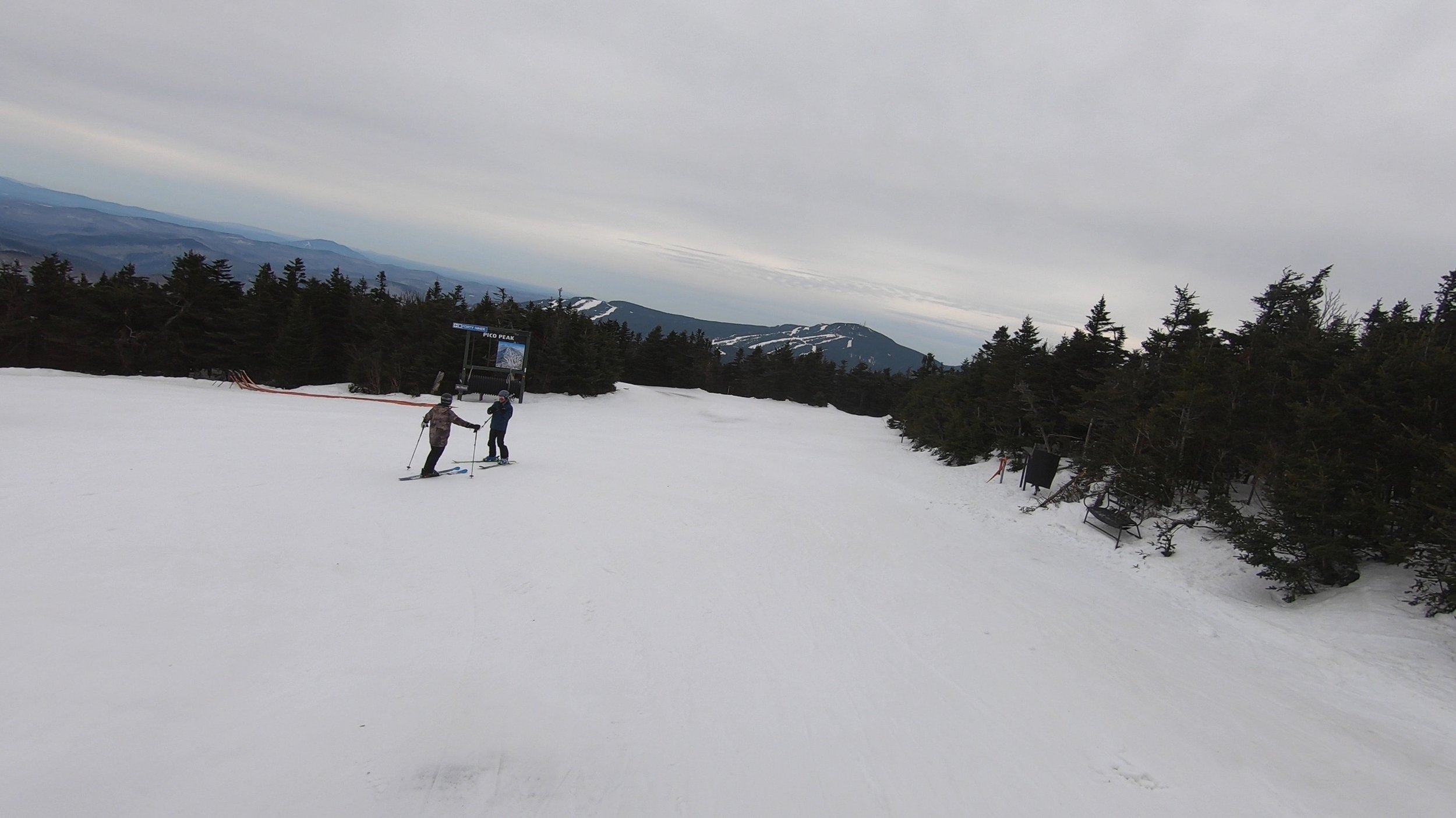







The pentagon and teardrop-shaped chairlifts at some of America’s most prominent resorts have a dark history with dangerous design flaws.